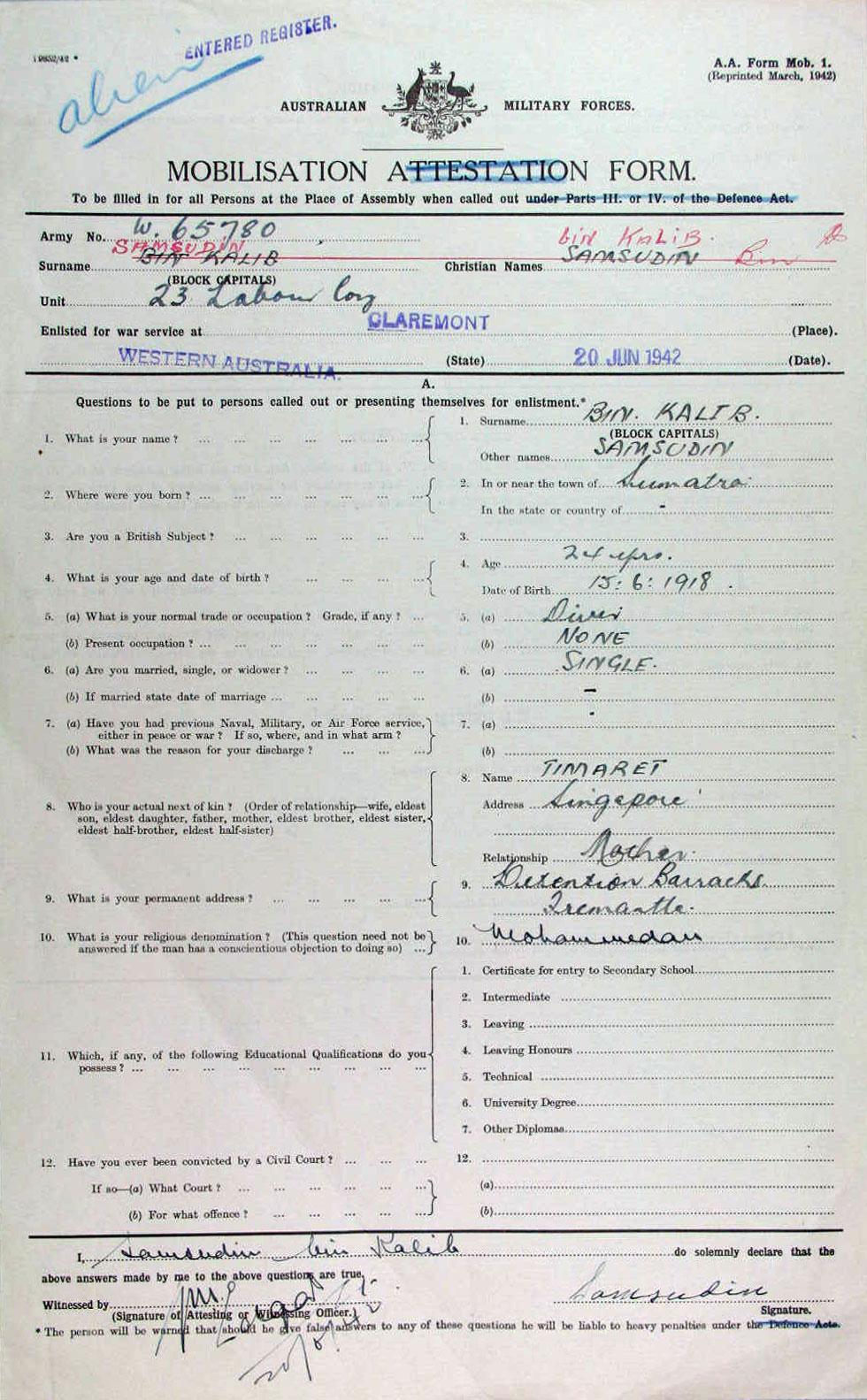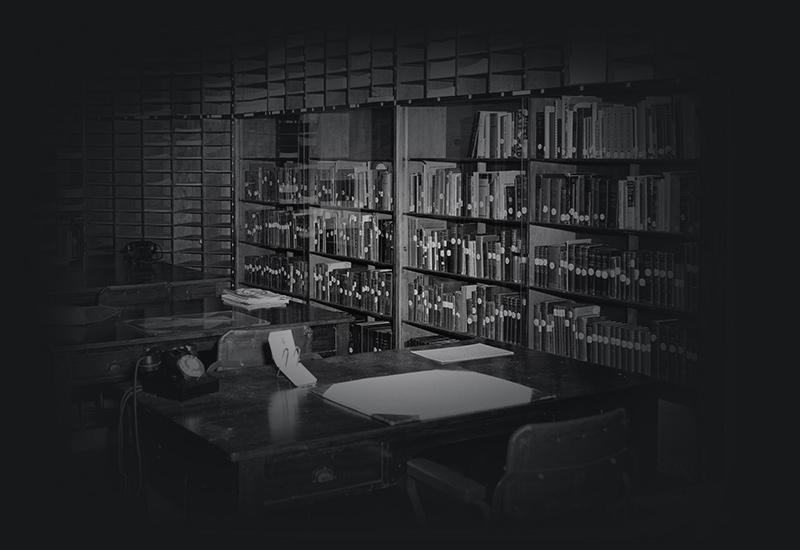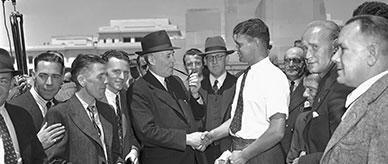


About this record
This official military record shows that Samsudin bin Katib (or Kalib), a 24-year-old diver, joined the 23rd Labour Corps of the Australian Military Forces (AMF) on 20 June 1942. Samsudin was mobilised from the detention barracks at Fremantle Prison in Western Australia, which the Australian Army occupied during World War II (1939–45). The form records that Samsudin was an unmarried 'Mohammedan' (Muslim) who was born in Sumatra, and it is part of his Second Australian Imperial Force (Second AIF) personnel dossier.
Educational value
- As this record shows, Samsudin bin Katib (1918–50) left the question as to whether he was a British subject blank. He was an 'alien' (foreign national, non-citizen) at the time he was recruited into the Australian Army during World War II. The urgent need for manpower at the height of the war led to the recruitment of some foreign nationals resident in Australia. In 1947, Samsudin's application for naturalisation was rejected, and he was reminded that under the terms of his admittance as an indentured worker, he was forbidden from taking alternative employment.
- Before the war Samsudin was employed as a pearl diver in Broome, Western Australia, where he had gone to work as an indentured labourer after coming from Sumatra in 1937. From the early 1900s pearling companies had been exempt from the White Australia Policy, allowing them to employ Asian divers on bonds in conditions considered unacceptable or too dangerous for white workers.
- Samsudin, like a number of other aliens in his position, was recruited into a specialist military unit. In 1944, he volunteered to join Z Special Unit which carried out covert operations against Japanese forces in South-East Asia. Samsudin's record shows that he trained initially at the Water Commando School in Queensland, then served outside Australia for more than six months and was promoted to corporal.
- Discharged from the army in April 1946, he returned to work for his former employer in Broome. After leading opposition to a pay cut for divers, he was banned from working as a pearl diver on any boat in Broome. This meant he was in violation of his indenture contract and, as a result, he was deported in 1948. He died in Singapore on 20 December 1950.
- The Australian Army established 39 labour or employment companies during the war, 11 of which were comprised of aliens. They were responsible for a wide range of general labouring tasks for the Australian Defence Force for which specialist skills were not required. Samsudin's military records show that he was attached to different labouring units from 1942 to 1944. During that time his duties included working on water transport and on the Fremantle Fish Market jetty.
- Balancing military and civilian labour needs was a constant problem for Australian governments throughout World War II and there was early pressure to make use of the alien labour force. Early in 1942, those regarded as 'friendly' were encouraged to join the Australian military, including the army's Labour Corps, but new regulations were introduced shortly afterwards to make labouring work compulsory for those who had not already volunteered.
Related themes
Need help with your research?
Learn how to interpret primary sources, use our collection and more.


